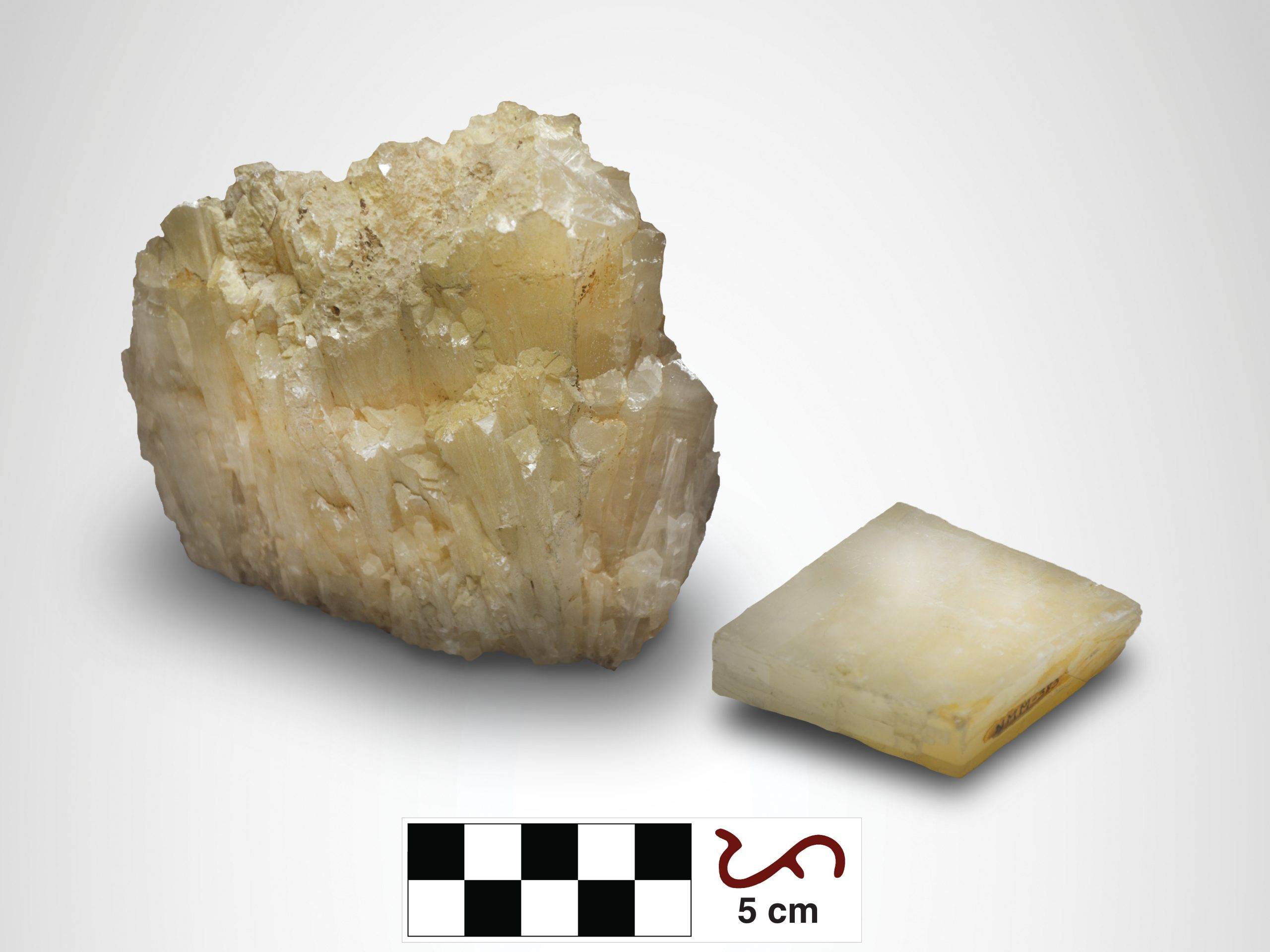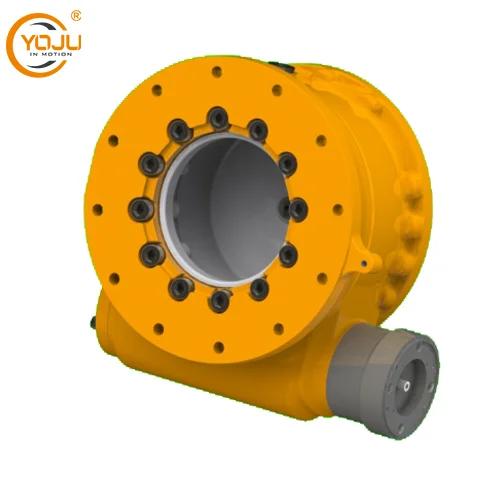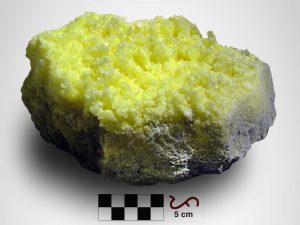Metallic materials are widely used in various industries, from aerospace to construction, due to their unique properties and characteristics. But what exactly makes a material metallic? In this article, we will explore the key features of metallic materials, their applications, and the latest advancements in the field.
- Atomic Structure
The atomic structure of metallic materials is characterized by a lattice structure, where atoms are arranged in a regular pattern. This structure allows metallic materials to have high electrical and thermal conductivity, as well as ductility and malleability. The lattice structure also gives metallic materials their metallic luster and reflects light in a unique way.
- Metallic Bonding
The metallic bonding between atoms in metallic materials is another key feature that sets them apart from other materials. Metallic bonding is a type of chemical bonding where electrons are shared between atoms, creating a sea of electrons that move freely throughout the lattice structure. This allows metallic materials to conduct electricity and heat efficiently, making them ideal for electrical and thermal applications.
- Properties and Applications
The unique properties of metallic materials make them suitable for a wide range of applications. For example, aluminum is lightweight and corrosion-resistant, making it ideal for aerospace and automotive industries. Copper is an excellent conductor of electricity and is used in electrical wiring and electronics. Steel is strong and durable, making it ideal for construction and manufacturing.
- Advancements in Metallic Materials
Advancements in metallic materials are constantly being made, with researchers exploring new ways to improve their properties and applications. For example, nanotechnology is being used to create metallic materials with enhanced strength and durability. Additive manufacturing, or 3D printing, is also being used to create complex metallic structures with unique properties.
In conclusion, metallic materials are an essential part of modern industry, with their unique properties and characteristics making them ideal for a wide range of applications. Understanding the atomic structure, metallic bonding, properties, and advancements in metallic materials is crucial for anyone working in the field. With ongoing research and development, metallic materials will continue to play a vital role in shaping our world.









+ There are no comments
Add yours